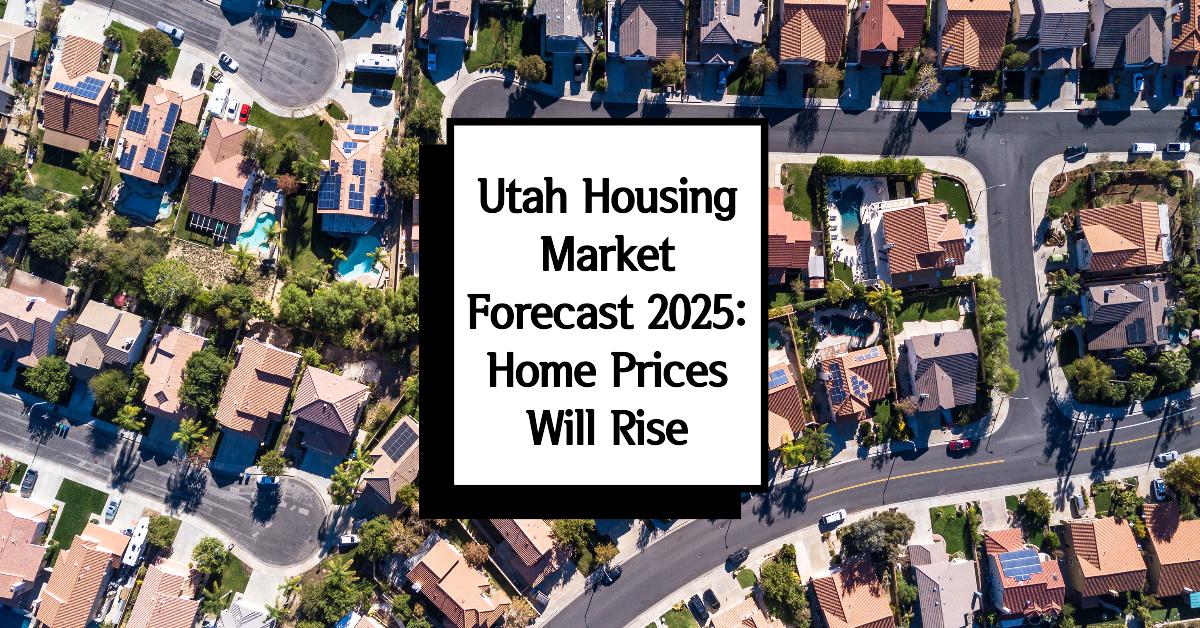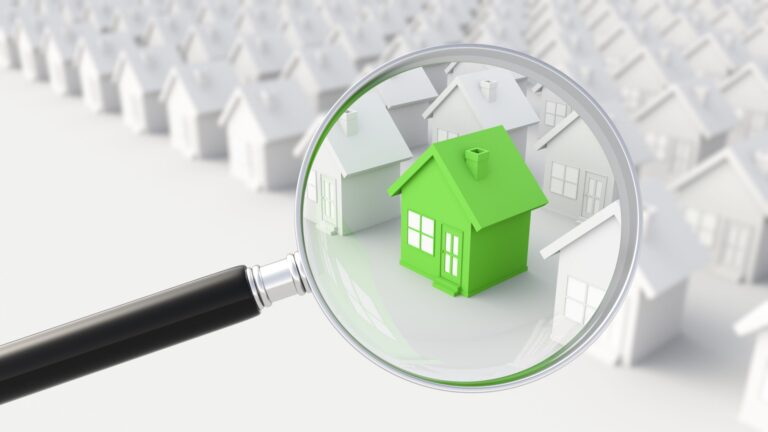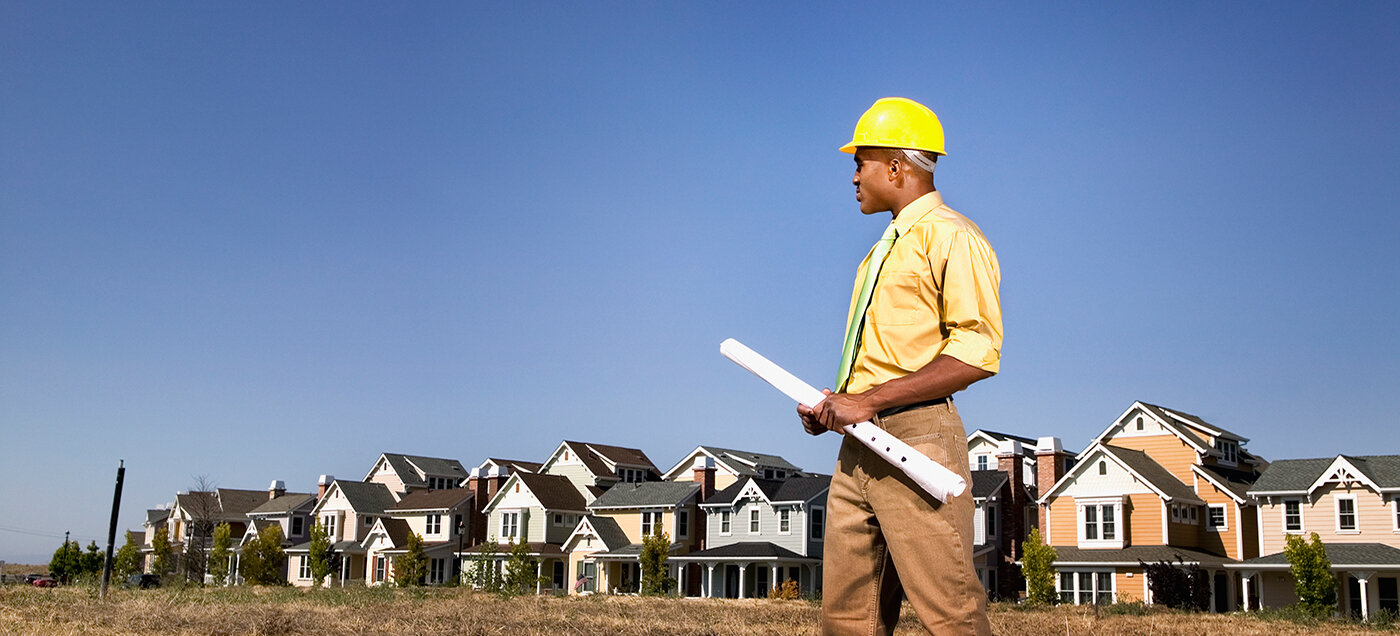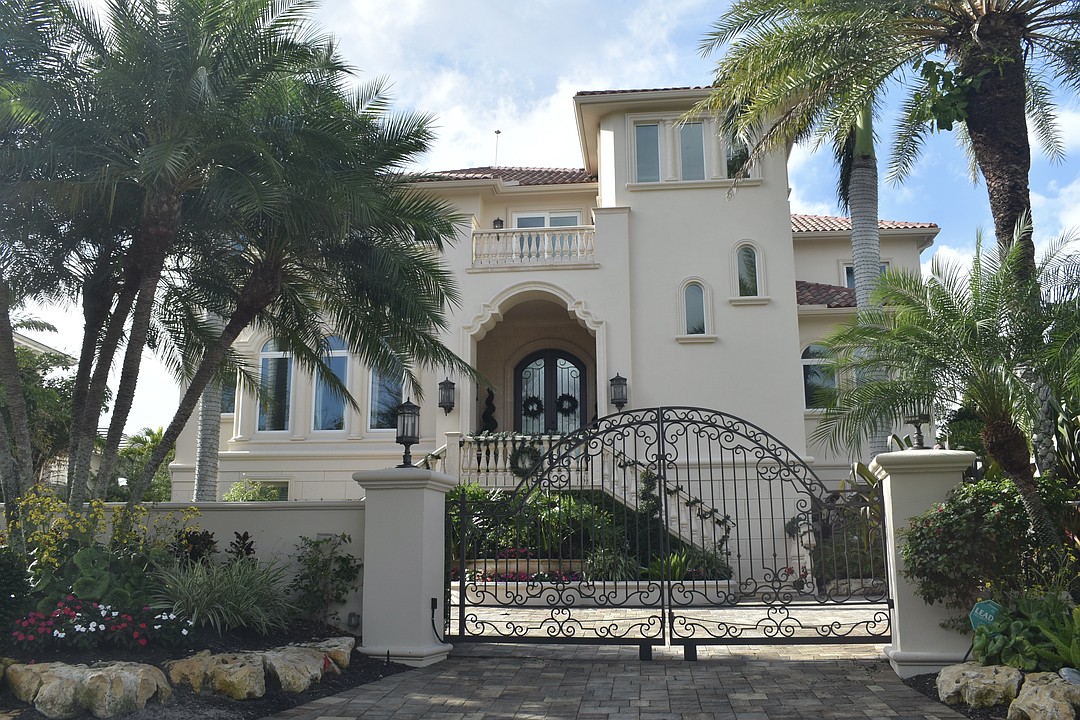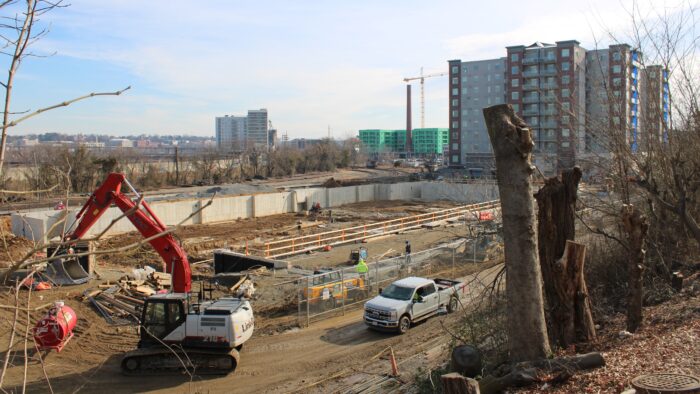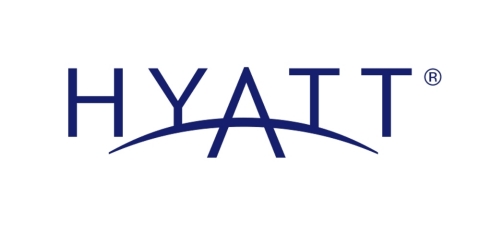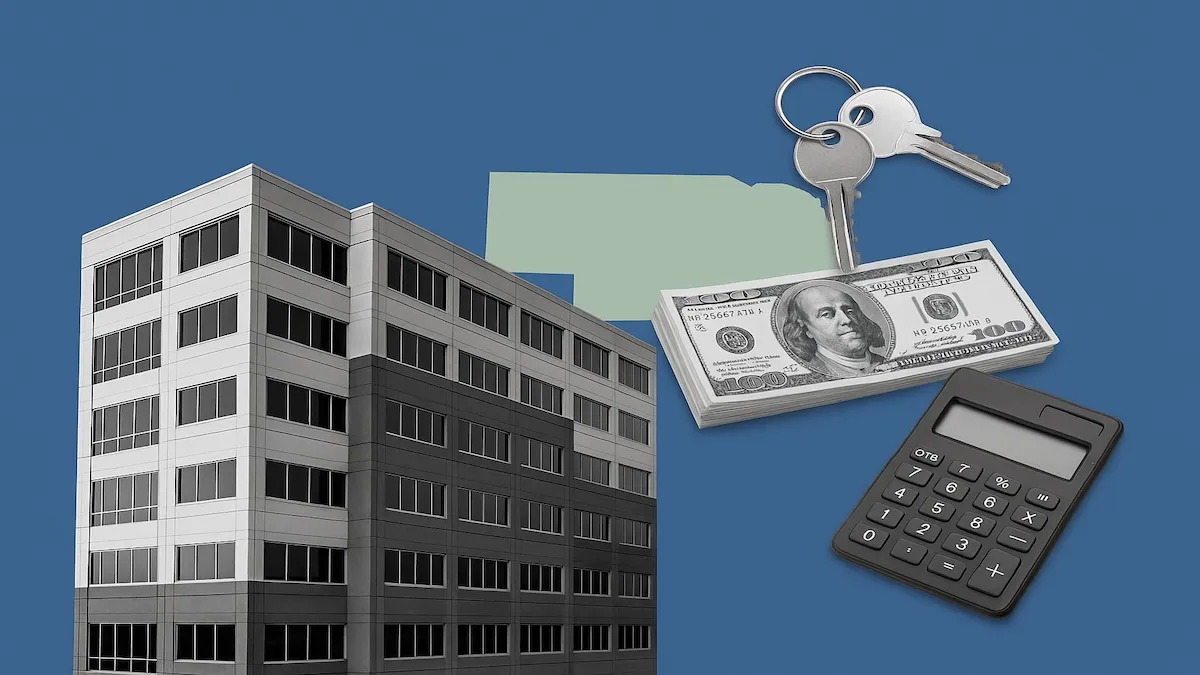U
tah's Housing Market Forecast for 2025: A Comprehensive Overview
The Utah housing market is a hotspot for real estate enthusiasts, investors, and potential homebuyers alike. Understanding the trends and potential changes in this market is crucial for anyone looking to buy or sell a home in the coming years. As we delve into the outlook for Utah’s housing market, we’ll explore current trends, regional differences, and what the future may hold.
Key Takeaways:
* Current Average Home Value: $516,153
* Median Sale Price (July 2024): $509,633
* Market Dynamics: Homes go pending in about 22 days, with 29.4% of sales occurring over the list price and 48.2% under list price.
* Expected Growth Trends: Some regions may see slight declines before potential increases in late 2025, with an overall stabilization expected.
* Impact of Interest Rates: High mortgage rates are expected to continue constraining buyer demand.
Current Market Overview
The Utah housing market has experienced various fluctuations in recent years due to numerous factors. As of now, the average home value in Utah is approximately $516,153, with a median sale price of $509,633 as of July 2024. This increase of about 1.2% over the last year indicates a slow but steady appreciation in home values.
However, the market dynamics reveal that approximately 29.4% of homes sold are over the asking price, resulting in intense negotiations between buyers and sellers. Importantly, a significant 48.2% of homes are selling below their list prices, indicating a competitive landscape where the market can shift quickly based on interest rates and buyer sentiment.
Forecast for 2025
The anticipated forecast for Utah's housing market from September 2024 into 2025 is critical for prospective buyers, sellers, and investors. The Metropolitan Statistical Area (MSA) forecasts for various regions in Utah suggest that home values may experience minor fluctuations. Below are some projections for key areas:
* Salt Lake City: Expected to see a minor decrease of 0.1% by September 2024, followed by a further reduction of 0.5% by November 2024, and a recovery with an increase of 0.7% by August 2025.
* Provo: Forecasts indicate a 0.1% drop by September 2024, followed by a 0.6% decrease by November 2024, but it is expected to stabilize with a rise of 0.3% by August 2025.
* St. George: Similar trends point to a 0.2% decrease anticipated by September 2024 and a noteworthy decline of 1% by November 2024; however, it is projected to recover to a 0.7% increase by August 2025.
* Logan: This region is forecasted to maintain more stability with a rise of 2.7% by August 2025 after experiencing minor declines.
These trends indicate that while certain areas may face challenges and slight price drops, others are poised for moderate growth, albeit at a slower pace than in previous years.
Market Stability: Crash or Boom?
A significant question for potential investors and homeowners is whether the market is headed for a crash or a boom. Analysts suggest that while there may be slight declines in certain areas, the overall market remains resilient. Analysts anticipate that the demand for housing in Utah, driven by a strong economy and population growth, will continue to help stabilize prices.
According to research by Fannie Mae, home prices in the U.S. are projected to rise by 1.5% by the end of 2025, demonstrating a shift towards gradual recovery and stability. This overall resilience can be attributed to continuing demands in the job market, coupled with low housing inventory levels leading to upward pressure on prices.
Key Challenges Facing the Market
Despite the positive outlook, various challenges could impact the Utah housing market significantly. The most pressing issue is the effect of high mortgage rates, which have constrained first-time homebuyers' ability to enter the market. With rates surpassing 6%, many potential buyers are sidelined, creating a unique situation where they wait for better conditions before making a purchase.
Additionally, a recent report by the Gardner Policy Institute highlights an impending housing shortfall in Utah. It estimates that the state requires an additional 28,000 homes to meet the needs of its growing population. The inability to build enough homes to accommodate demand may lead to prolonged housing unaffordability, further complicating the home buying landscape.
Impact of High-Interest Rates
High-interest rates continue to exert pressure on potential buyers, especially new entrants into the housing market. Many prospective buyers find themselves in a waiting game, anxious to see if prices will decrease before committing to their purchases. Elevated rates have led to reduced buyer confidence and a slowdown in sales activity.
Furthermore, the KSL News observed that a significant number of cash buyers and real estate investors dominate the market. This trend enables those with cash on hand to make competitive offers, challenging average buyers who lack the necessary funds. Consequently, this competitive environment can drive up home prices and inflate the market, making it particularly difficult for middle-class families to find homes they can afford.
Predictions for the Second Half of 2025 and Beyond
Looking forward to the latter half of 2025, the housing market is expected to stabilize and begin seeing increases again at a more typical growth rate of 1% to 2% above inflation. This potential upsurge will likely be fueled by improving economic conditions, including job growth and rising wages, which will empower more buyers to enter the market.
Moreover, regional governments are looking to address the housing shortage through innovative policies and strategies. Encouragement of new developments and possible changes to zoning laws may pave the way for more housing options, including affordable housing initiatives. If successful, these efforts could lead to a positive shift in availability and pricing, benefiting both buyers and sellers alike.
My Opinion on the Utah Forecast
I believe that despite the challenges posed by high-interest rates and housing shortages, the market will demonstrate resilience. If regional governments can proactively address the housing deficit, we could see a gradual yet steady rise in home values towards the end of 2025, benefiting both the market balance and community sustainability.
Conclusion
The Utah housing market forecast for 2025 presents a multifaceted yet intriguing picture. Though the market faces challenges such as high-interest rates and a notable housing shortage, the overall sentiment remains cautiously optimistic. Buyers might have to navigate a competitive and fluctuating market, while sellers should prepare for a landscape where pricing strategies become vital. With a bit of strategy and patience, navigating this market can lead to fruitful opportunities in the years ahead.
